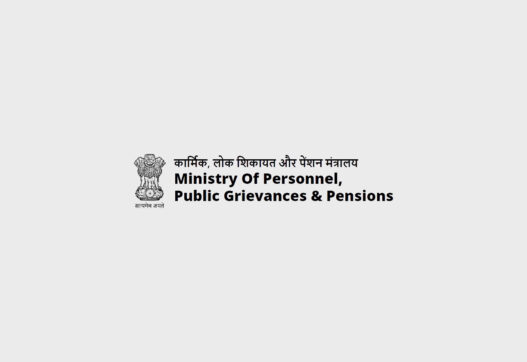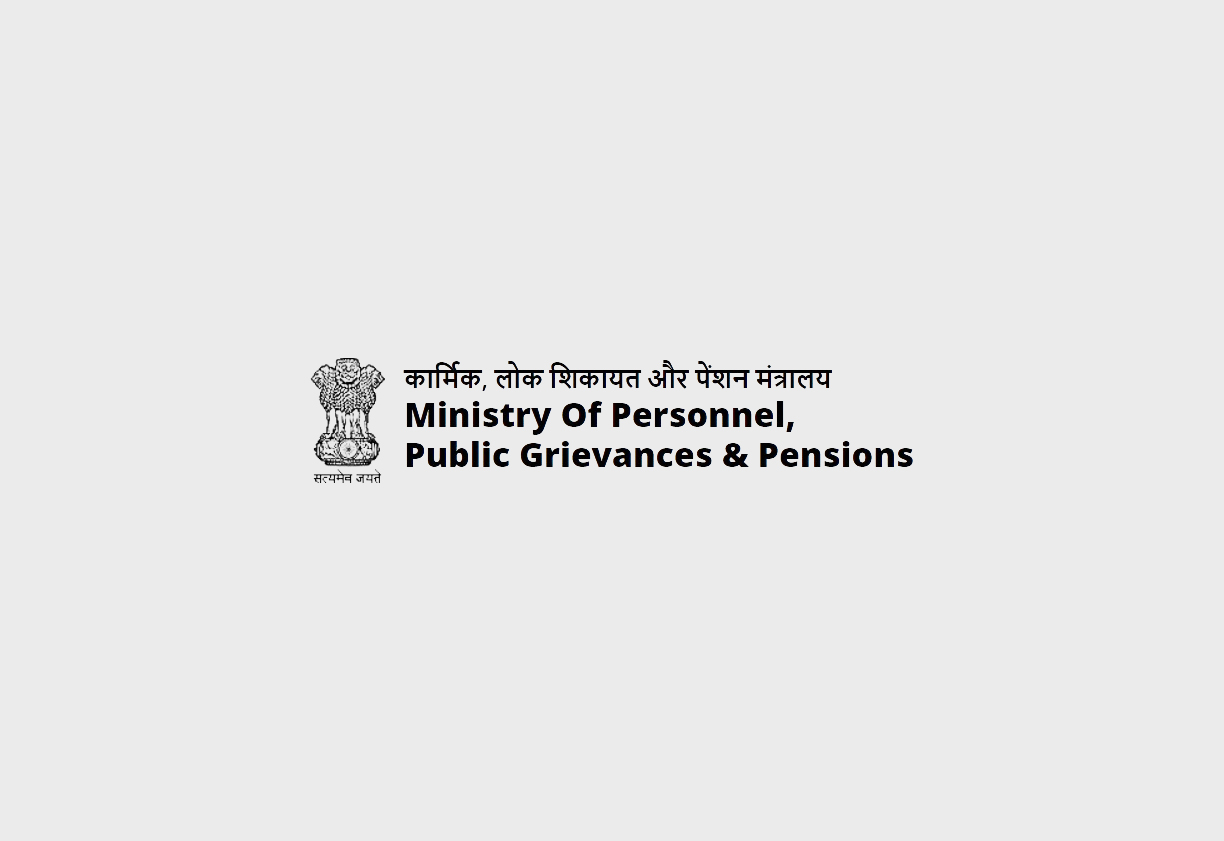Ministry of Personnel, Public Grievances and Pensions
The Administrative Tribunals Act, 1985, was enacted to provide for the adjudication or trial by Administrative Tribunals of disputes and complaints with respect to recruitment and conditions of service of persons appointed to public services and posts in connection with the affairs of the Union or of any State or of any local or other authority within the territory of India or under the control of the Government. This act aims to establish specialized tribunals for resolving service-related disputes, thereby reducing the burden on regular courts. The Act does not specify a particular ministry; however, it falls under the purview of the Ministry of Personnel, Public Grievances and Pensions in India, as it deals with matters related to civil services.
Enactment Date, Number of Chapters, Number of Sections:
The Administrative Tribunals Act, 1985, was enacted on February 27, 1985. The Act is structured into 5 chapters and 37 sections. These sections cover various aspects of the establishment, composition, jurisdiction, powers, procedure, and miscellaneous provisions relating to Administrative Tribunals.
Act Governed By:
The Act is primarily governed by the provisions outlined within its sections. It establishes the framework for the constitution of Administrative Tribunals, the qualifications and appointment of their members, their jurisdiction and powers, and the procedures they must follow. The Act is also supplemented by rules framed by the Central and State Governments.
On Whom It Is Applicable:
The Administrative Tribunals Act, 1985, is applicable to all persons appointed to public services and posts in connection with the affairs of the Union or of any State or of any local or other authority within the territory of India or under the control of the Government of India or of any corporation or society owned or controlled by the Government. It does not apply to members of the armed forces, employees of the Supreme Court or High Courts, and the secretarial staff of Parliament or State Legislatures.
Penalties/Punishments:
The Act does not specify penalties or punishments for non-compliance. However, it outlines the conditions under which the orders of the Tribunals can be executed and provides for the power to punish for contempt.
Important Pointers:
-
The Act establishes the Central Administrative Tribunal (CAT) and empowers State Governments to establish State Administrative Tribunals (SATs) and Joint Administrative Tribunals (JATs).
-
It defines the qualifications for appointment as Chairman, Vice-Chairman, and other members of the Tribunals.
-
The Act outlines the jurisdiction, powers, and authority of the Tribunals.
-
It provides for the transfer of pending cases from courts to the Tribunals.
-
The Act specifies the procedures for filing applications and the limitations for admission of applications.
-
It empowers the Tribunals to follow principles of natural justice and outlines their powers to summon witnesses, receive evidence, and issue commissions.
-
The Act emphasizes the importance of exhausting other remedies before approaching the Tribunals.
-
It provides for the execution of Tribunal orders and the exclusion of jurisdiction of other courts except the Supreme Court.
-
The Act empowers the Central and State Governments to make rules for carrying out the provisions of the Act.
-
The Act aims to provide a specialized and efficient mechanism for resolving service-related disputes.
Act Copy:




